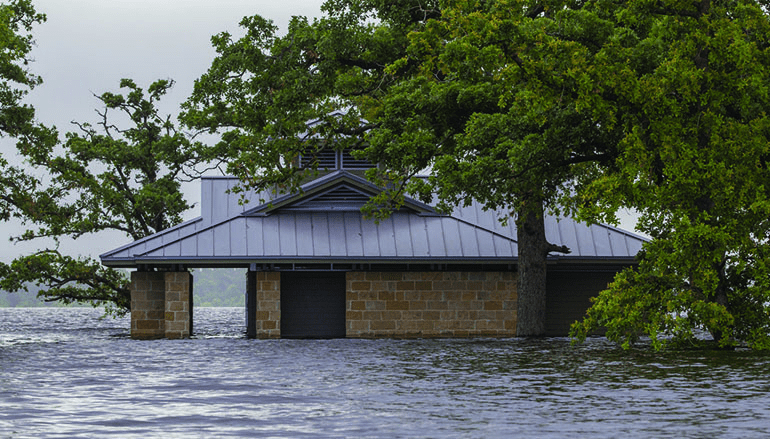
What To Do With Ammo Left In Flood Waters
Don’t salvage or use submerged ammo
If you’re thinking about salvaging ammunition affected by flood waters—don’t. According to the Sporting Arms and Ammunition Manufacturers’ Institute (SAAMI) and National Shooting Sports Foundation (NSSF), you should err on the side of caution and safety. Do not attempt to salvage or use ammunition that’s been submerged.
To help you determine what to do with ammunition affected by water and moisture, SAAMI has created a helpful document, “Guidance on Ammunition That Has Been Submerged in Water.” The document discusses differences in moisture resistance between centerfire, rimfire, and shotshell ammunition. It draws attention to potential hazards associated with “drying out” cartridges, including possible deterioration and damage to cartridges due to drying methods.
Another serious hazard that could result from using compromised ammunition is the potential for a bore obstruction due to partial ignition of either the priming compound or the propellant powder charge, or both. Firing a subsequent round through an obstructed barrel can result in bodily injury, death and property damage. According to SAAMI: “It would be impossible to ascertain for certain the extent of the deteriorating affect, if any, the water may have had on each individual cartridge. Therefore, the safe answer is that no attempt be made to salvage or use submerged ammunition.
“The ammunition should be disposed of in a safe and responsible manner. Contact your local law enforcement agency for disposal instructions in your area.” —courtesy National Shooting Sports Foundation
Photo courtesy Texas Parks and Wildlife Dept.



